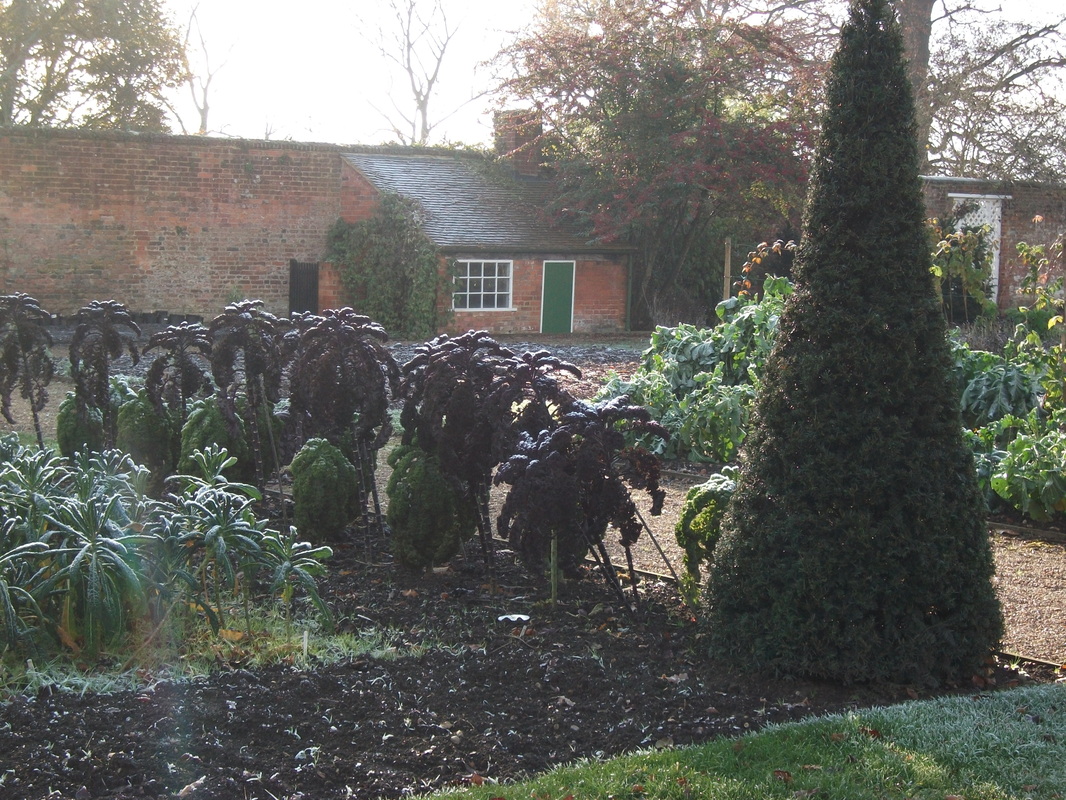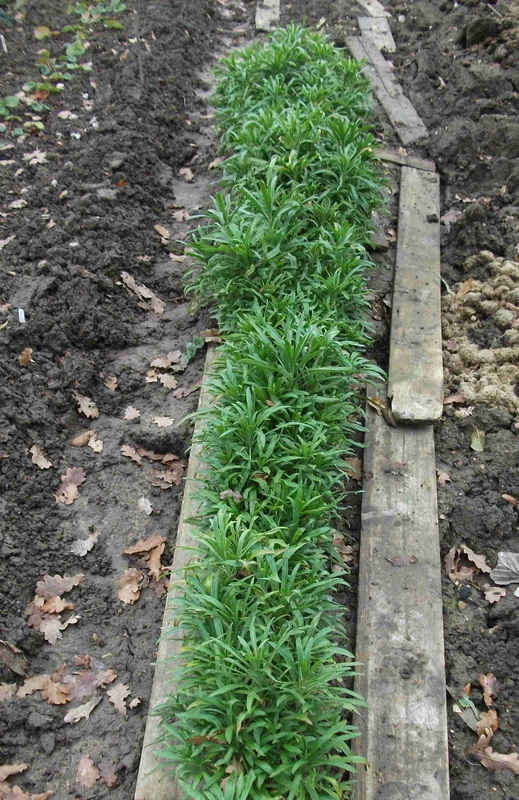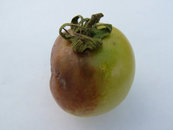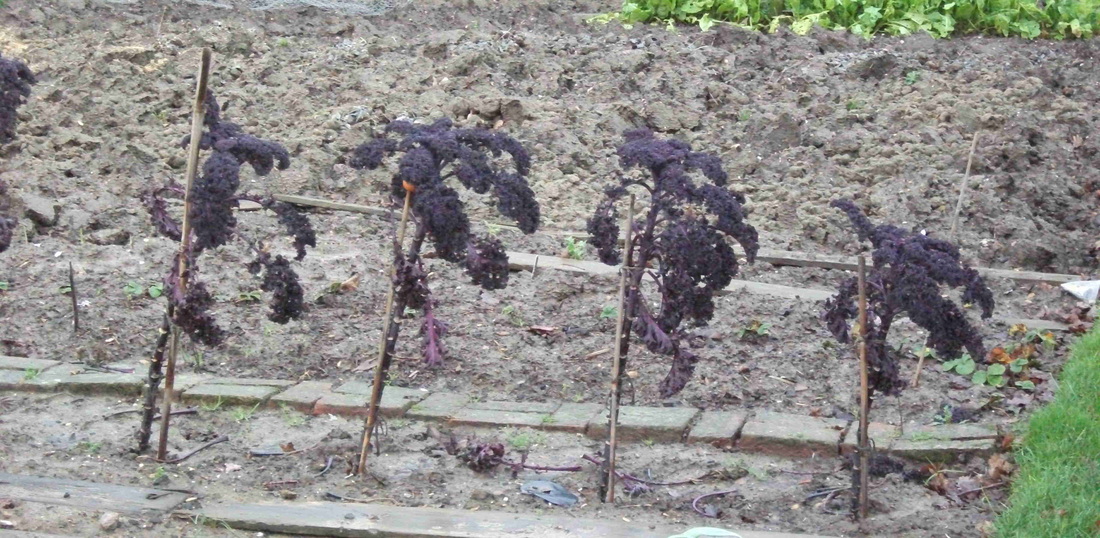For example, many fruit bushes, in particular raspberry canes, are still hanging onto their leaves. And plants like asparagus, which have usually gone yellow and died down by now, are still partly green.
The usual advice to gardeners is, go by the weather not the calendar. This can be tricky when to many autumn jobs are being deferred into what is usually considered winter, though.
| Winter digging can be put off till the Christmas break - there will be plenty of hard frost in January to break up the soil. Clearing up debris should be done as soon as possible - you'll be clearing away pests too. Continue to use slug pellets - a lot of slug damage is still being done to carrots and turnips. | Above: Godinton Walled Garden in a 'hard frost' - this picture was taken midday in late November in 2012 |




 RSS Feed
RSS Feed
